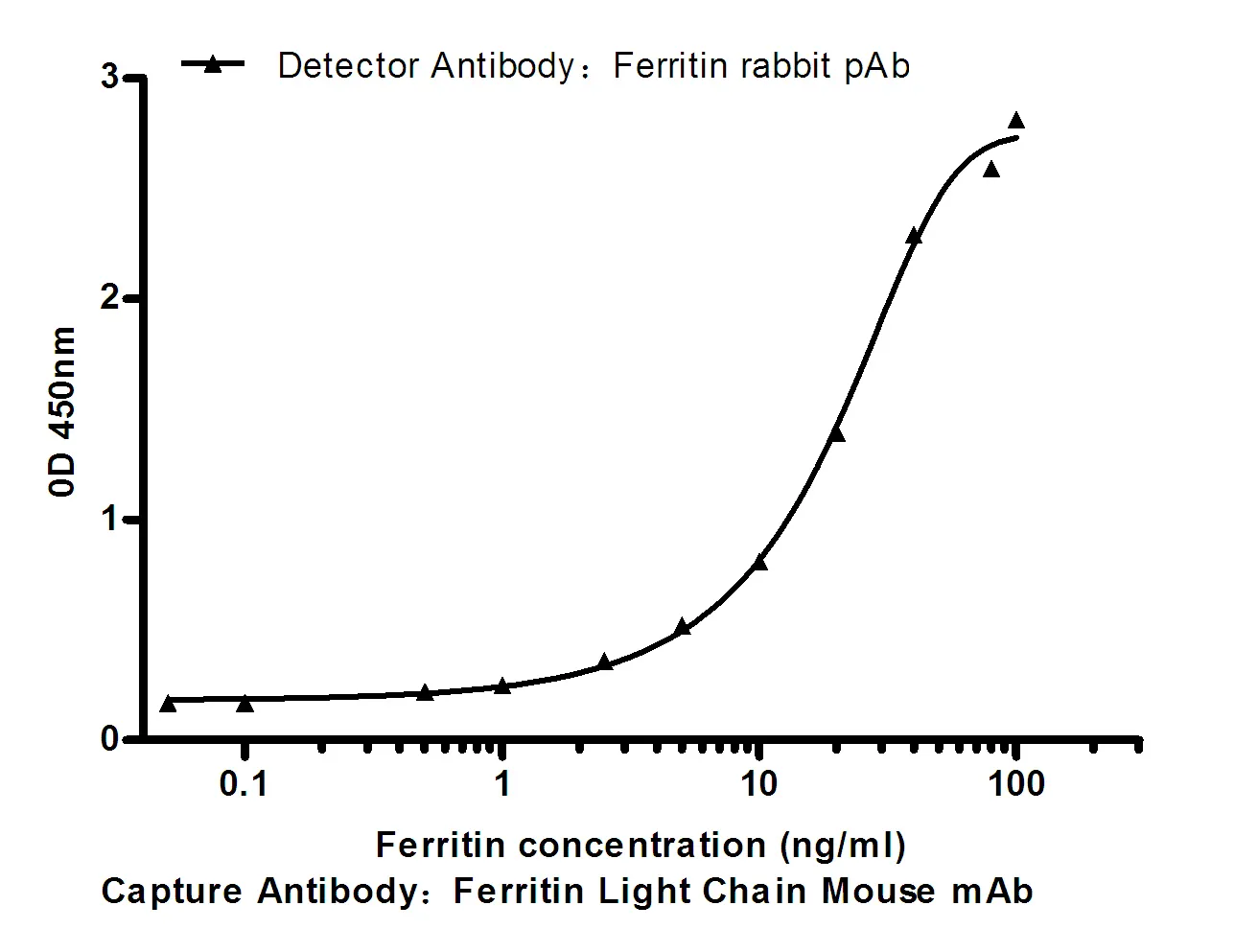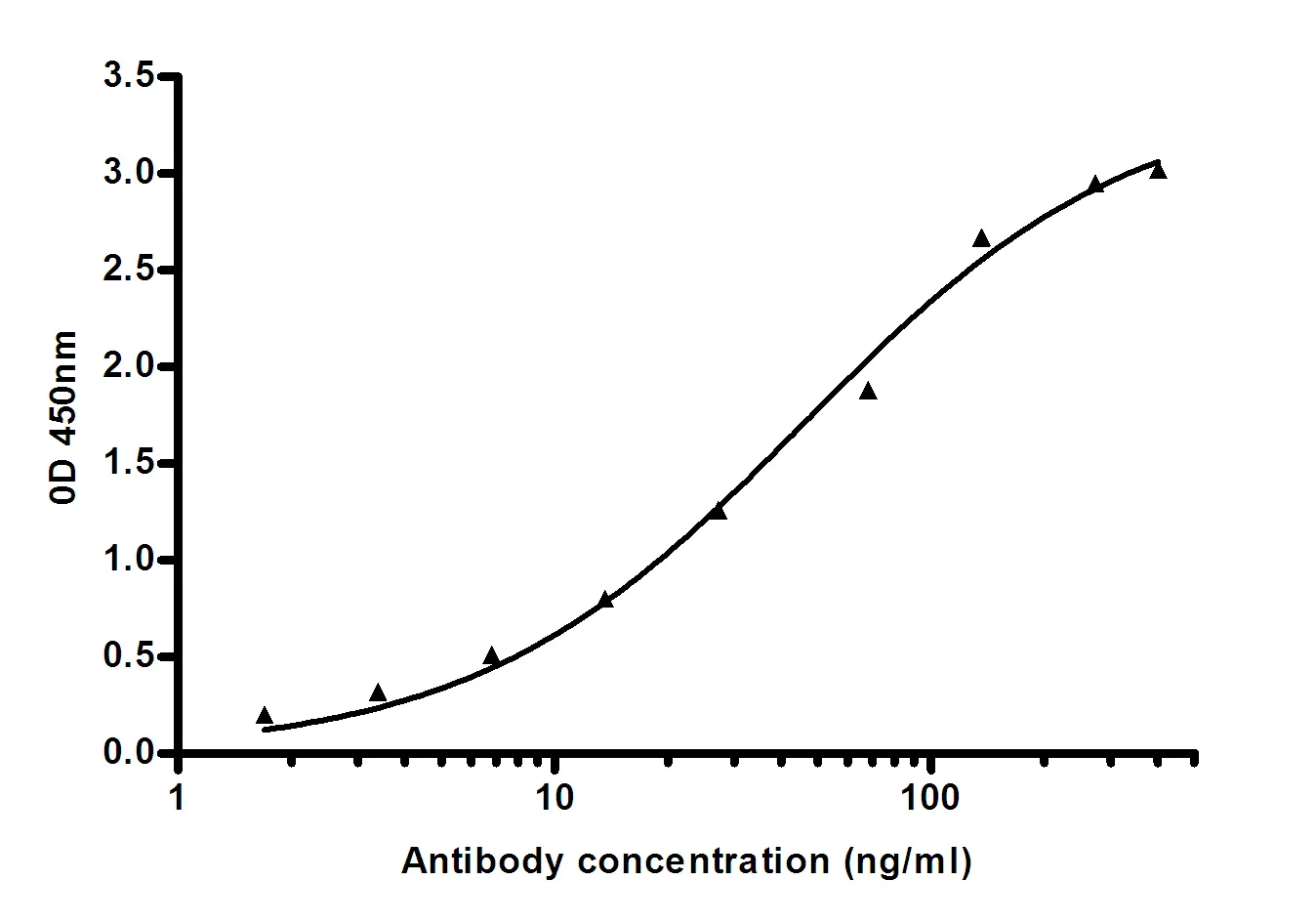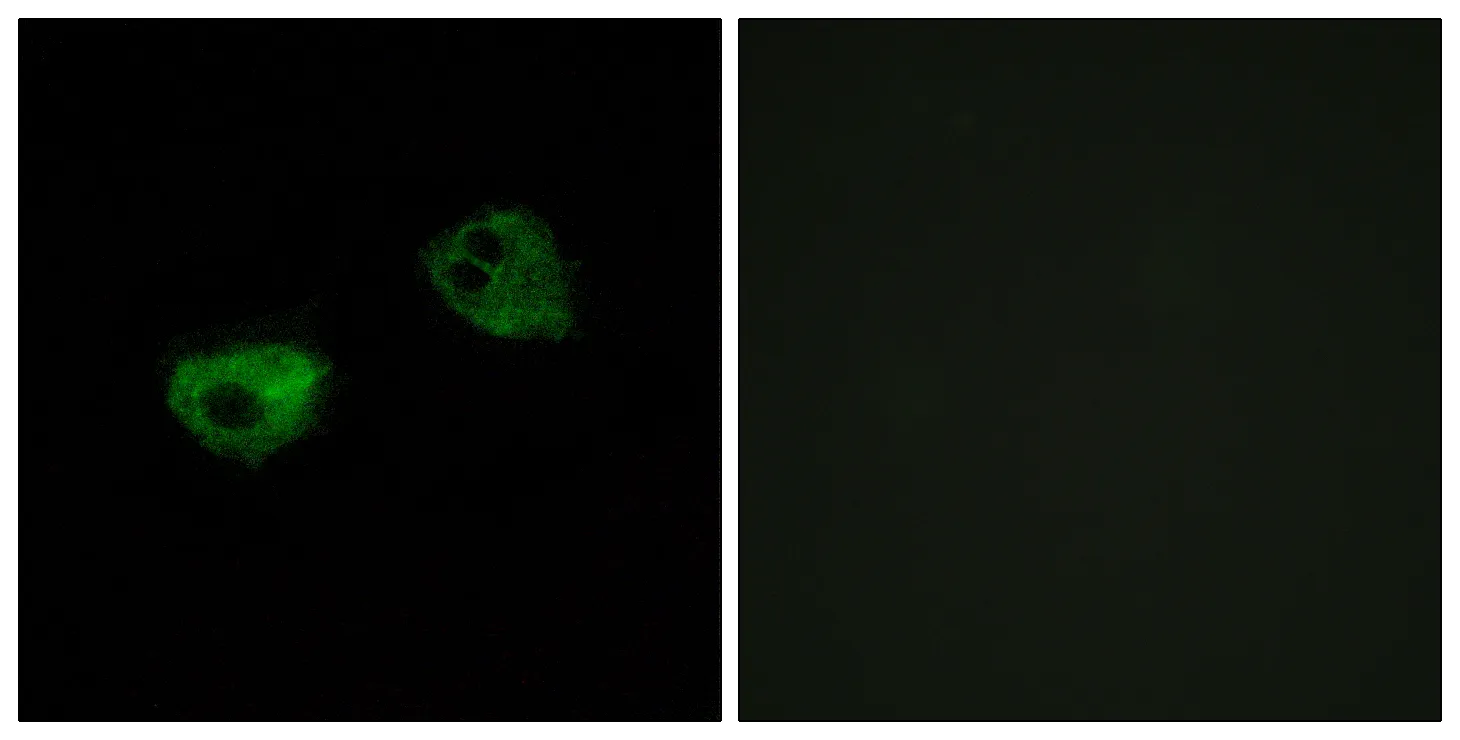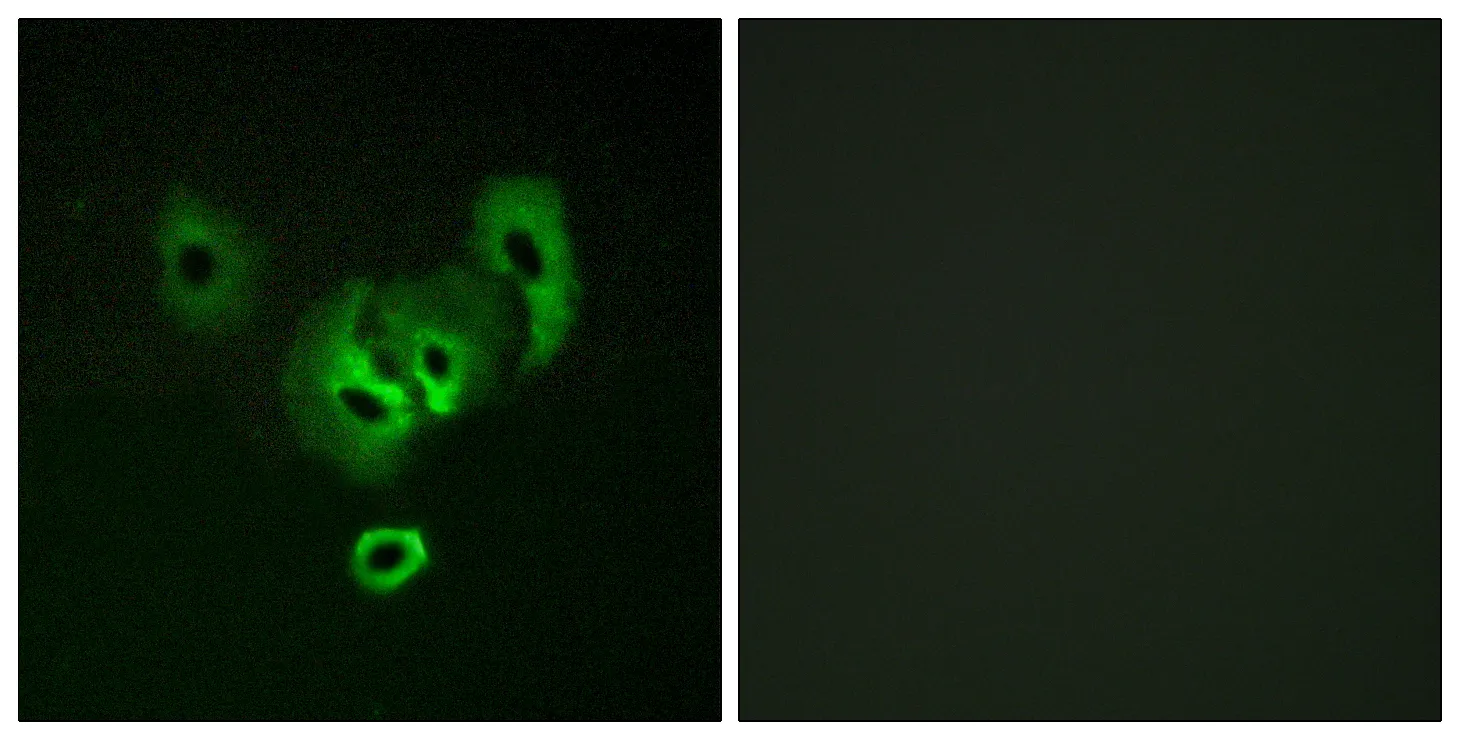Summary
Performance
Immunogen
Application
Background
This gene encodes a component of a multisubunit enzyme that mediates acidification of eukaryotic intracellular organelles. Vacuolar ATPase (V-ATPase) is comprised of a cytosolic V1 (site of the ATP catalytic site) and a transmembrane V0 domain. V-ATPase dependent organelle acidification is necessary for such intracellular processes as protein sorting, zymogen activation, and receptor-mediated endocytosis. The encoded protein of this gene may assist in the V-ATPase-mediated acidification of neuroendocrine secretory granules. This protein may also play a role in early development. [provided by RefSeq, Aug 2013],function:Vacuolar ATPase is responsible for acidifying a variety of intracellular compartments in eukaryotic cells.,similarity:Belongs to the vacuolar ATPase subunit S1 family.,subunit:Composed of at least 10 subunits.,tissue specificity:Ubiquitous.,
Research Area
Oxidative phosphorylation;Lysosome;Vibrio cholerae infection;Epithelial cell signaling in Helicobacter pylori infection;




